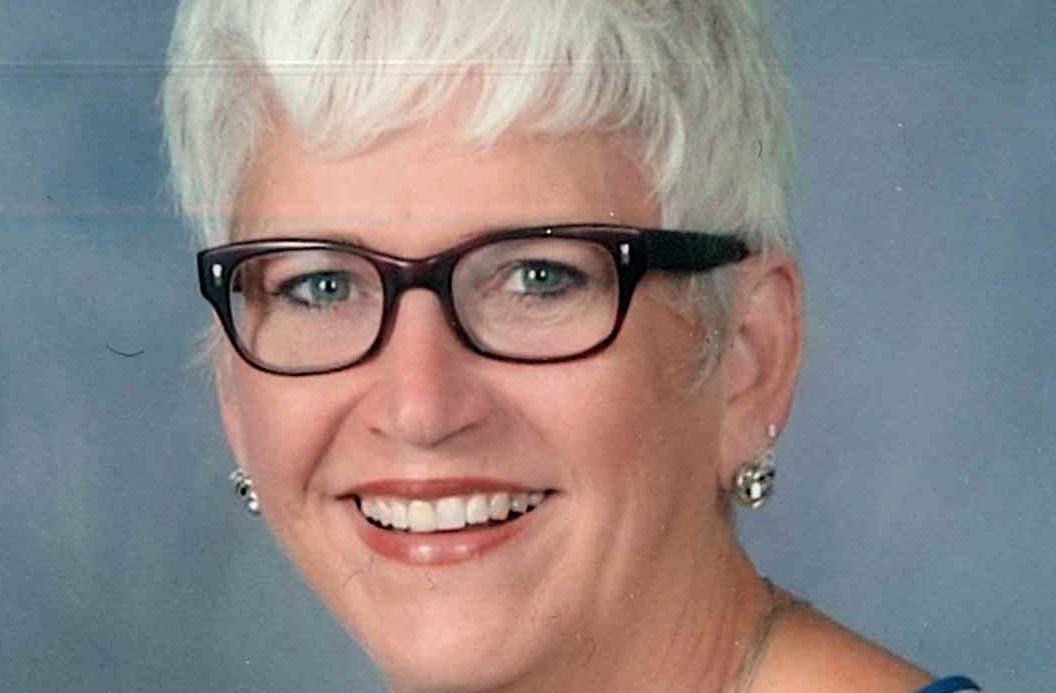Birds offer lessons in human relations
Published 2:50 pm Thursday, January 4, 2018

- Lisa Johns
When we moved into our house on South Maple Street, it was long before stainless steel appliances and granite countertops graced many kitchens.
I had just a few demands. I had to have a kitchen window that overlooked our side yard, and I had to have a bird feeder. Those two things weren’t huge requests, but they were extremely important to me.
My dad loved birds. He had three favorites that he was totally enamored with feeding and hoped that they would build in our yard or bird house. Purple martins, hummingbirds and cardinals ranked high on his list of the most wanted birds.
When we were young, my father would take us out in the woods explaining the birds, where they lived, their nests and their particular call. These lessons began my lifelong fascination with birds.
Birds are much like people but, as my friend reminds me, they are probably better than we are. I watch intently each morning, with my steaming cup of coffee, what breeds are at the feeder.
Surprisingly, it is usually a blue jay. Their loud calls make their presence known, and it is a reminder that I need to fill up the feeder. Then come the wrens, sparrows and chickadees finding hidden sunflower seeds.
The bright red flash in the honeysuckle bush is my favorite — the cardinal. I watch him grab a seed and feed his mate. Cardinals are one of the few birds that mate for life, so I often wonder if the pairs I see at the feeder have been together long. I wonder if they fight about the way she keeps the nest, watches after the nestlings and what she is fixing for dinner, much like humans.
The juncos flit like acrobats from one tree limb to another and fight the finches for seed. The squirrels, who supposedly have an aversion to safflower seed, still manage to pour the seed on the ground perhaps helping out the smaller birds that aren’t allowed at the feeder.
We are a lot like the birds. Our loud boisterous voices announce our arrivals at parties and other social functions. We really don’t like sharing our food or our spaces with those we do not know.
We yell and complain, much like the blue jays when we are hungry and tired. We try to crowd in to small spaces and are hesitant to allow others into our circle or our little well-designed “nest.” Yet we could also learn some valuable lessons from these birds.
This morning, I watched all the birds at the feeder eating together, along with squirrels. They all seemed to act as this perfect, well-oiled machine.
They ate in total communion with each other — sharing and not complaining. Not one bird cared if the other had too much and, as if in some bird language that only they could understand, it was almost as if they knew it was Christmas.
That sharing, hope and effective communication are part of the pieces of a puzzle that could fit together to make us all happier. And tonight, while the sun was setting and the moon was rising high in the sky, one lone bird sat singing a song that for one moment sounded like a Christmas carol.
Lisa Johns is a former teacher and librarian as well as an activist on revitalizing downtown Winchester.





